- | 8:00 am
From pizza earrings to tie-dyed scrunchies: inside Claire’s remarkable turnaround
The 50-year-old brand came back from the brink of bankruptcy, at least partially fueled by Gen Z’s obsession with nostalgia.

At age 9, with a heart-shaped purse full of pocket money, visiting the mall meant one thing: Claire’s. Everything in that store felt perfectly designed for me back in the early ’90s, from the pom-pom key rings to the rainbow-shaped earrings and strawberry-flavored lip gloss.
For generations of women, Claire’s conjures up powerful feelings of nostalgia. The brand has been a fixture of the retail landscape since 1971, catering to the unique sensibilities of tween girls. Millions of customers have had their ears pierced in the store, an important rite of passage. Over the past 50 years, Claire’s has steadily grown to become a global mega-brand. It now has 2,500 stores in 17 countries across North America and Europe, and partnerships with dozens of retailers including Galleries Lafayette in Paris and CVS, along with 11 million customers in its loyalty program.
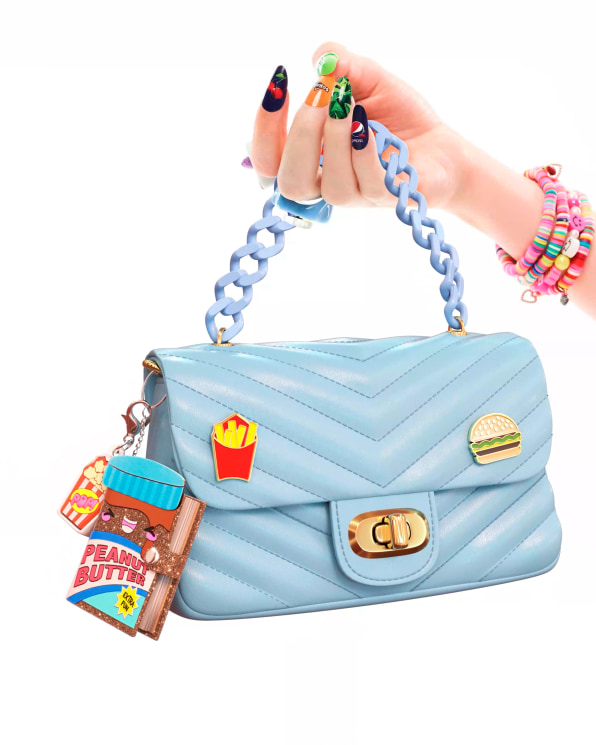
But a decade ago, as sales declined and foot traffic shrank, Claire’s hit choppy waters. In 2018, it filed for bankruptcy and closed 189 stores. But four short years later, the company has managed to right the ship. As retailers faltered during the pandemic, Claire’s grew: Last year, it generated $1.4 billion in revenue and swung a profit, with sales increasing by 51% over the year before. Now, not only has it exited bankruptcy, it has filed for an IPO that could raise $100 million.Claire’s turnaround is remarkable at a time when many legacy retailers—from Toys R Us to Henri Bendel—have gone out of business. Its reboot reveals a lot about what it takes to succeed in the current retail landscape and, perhaps more important, what it will take to meet the needs of the next generation of consumers who are only just beginning to flex their spending power.
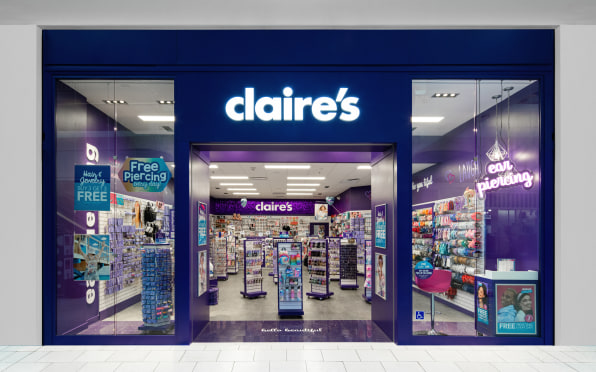
THE MALL ISN’T DEAD
These days, when my family makes a rare trip to the mall, my 6-year-old daughter feels the irresistible pull of Claire’s, much like I did 30 years ago. The product selection has changed a little: There are now iPhone covers and Pride accessories among the jewelry and makeup. But the fundamental formula is the same: The store sells a wide array of glittery, inexpensive knickknacks that are best purchased in person.
Ryan Vero, who became Claire’s CEO three years ago and has been credited with helping to steer the brand back toward growth, says that the average customer buys many products in a single visit. “It’s a treasure hunt experience,” he says. “It’s an experiential store. People love to take advantage of our promotions, and this kind of transaction doesn’t translate well online.”
In many ways, Claire’s is the quintessential mall brand, and its fate over the years has been linked to the success of the mall. A decade ago, when malls began to decline, Claire’s sales started shrinking. A big part of Vero’s strategy has been to rethink where to locate Claire’s stores as consumers have changed their shopping habits.
When Vero took over in 2019, 80% of Claire’s stores in the U.S. were in malls; the other 20% were on shopping streets in neighborhoods or outdoor lifestyle centers, where consumers are increasingly spending their time. Vero has doubled the share of stores in these non-mall locations.
“If a mall has died in a particular town, we’re moving to wherever the thriving shopping center is,” he says. “And we’re ensuring that the remaining mall stores are in high-quality malls that still get a lot of traffic.”
Another part of the strategy is to bring Claire’s to locations where customers are already shopping, like drugstores and supermarkets. This might look like a free-standing display loaded with jewelry, an endcap display, or an entire wing, with Claire’s branding throughout.
In 2015, the brand began setting up partnerships at retailers like Toys R Us, CVS, Albertson’s, and DSW, but Vero has ramped up those efforts. There are now 13,000 partner locations, a figure that will soon increase thanks to a new partnership with Walmart. The strategy is working: In the first quarter of 2022, revenue from these locations nearly tripled, to $40 million, from a year ago.
Vero believes that ultimately brick-and-mortar retail is key to Claire’s success, and today’s tweens still want to shop IRL. But he knows online experiences are important too. The brand has been using social media to share content, such as how-to videos and style inspiration from influencers like Chloe & Chenelle Delgadillo. And it’s using the website to drive customers into stores by setting up ear-piercing appointments and facilitating in-store pickup for items bought online.
“The digital experience is really just a showcase for the brand,” Vero says.
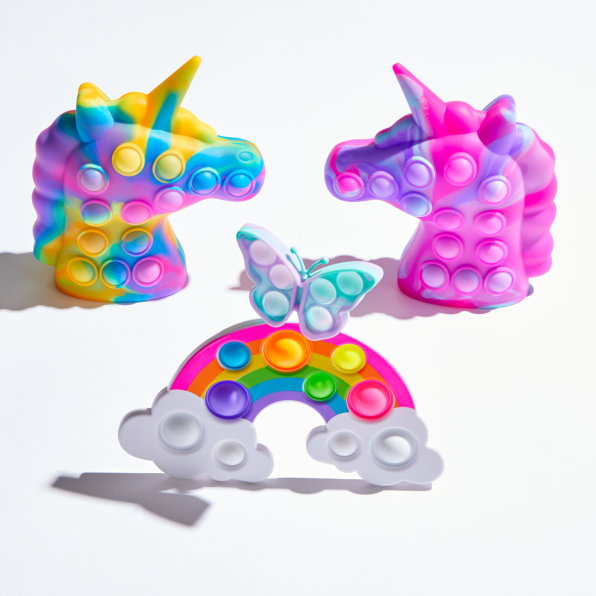
TRENDSPOTTING
To the average adult, the products at Claire’s tend to look a little quirky if not completely bizarre—but they’re catnip to kids. My 6-year-old, for instance, adores an octopus-shaped plush toy that’s smiling but can be turned inside out to look like it’s frowning. She loves a notebook that has a fidget popper built into the cover, and she’s thrilled by jewelry in the shape of her favorite treats, like doughnuts, french fries, and pizza.
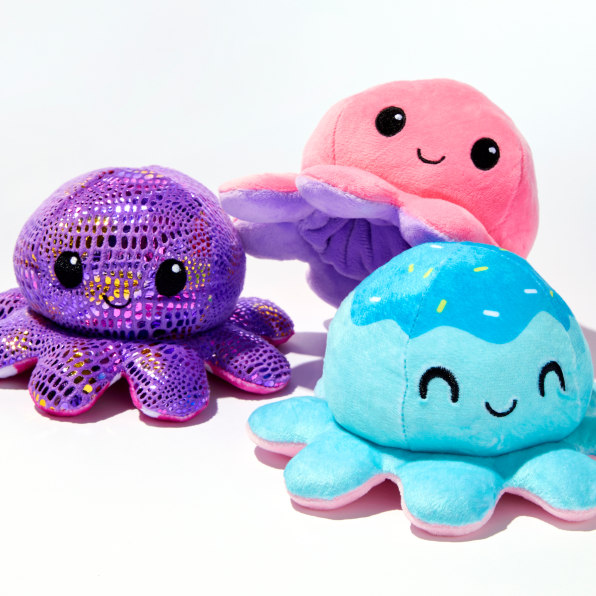
Kristin Patrick, who became Claire’s CMO in 2021, says the brand targets a wide swath of consumers, ages 4 to 24, with tweens being in the sweet spot. And the brand has become skilled at understanding what kinds of products make them tick. However, as a legacy brand with nostalgia power, it still draws in many older women, including mothers like me who were once customers and enjoy bonding with their children in store.But Patrick says part of the brand’s recent success also has to do with broader trends in the marketplace. During the pandemic, ’90s fashion made a comeback, and, as the ultimate ’90s mall brand, Claire’s was able to capitalize. “Y2K nostalgia came back and suddenly Claire’s was cool again,” she says.
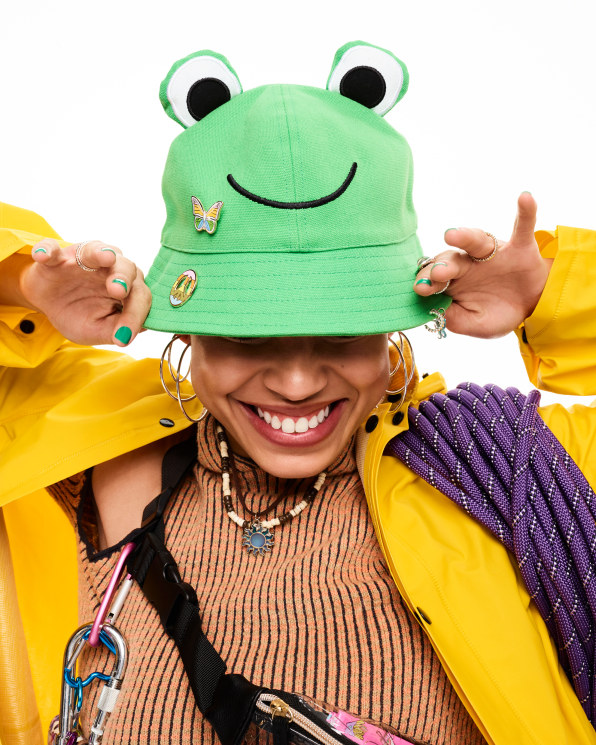
While the recent trends have boosted Claire’s sales, Vero says the brand has always had to be good at spotting trends and responding to them quickly since tweens can be fickle. Claire’s has a team of trendspotters who go all over the world to identify what will be hot in the months to come.Recently, many trends have come out of Japan where cutesy, kitchsy products known as kawaii have been popular. The brand now sells products emblazoned with Japanese characters like Chibi and Tuxedo Sam. In 2019, scrunchies were a massive trend, with teen boys wearing them to show they had a girlfriend—so Claire’s churned out millions of scrunchies.
Vero says that Claire’s designs and manufactures 90% of its products in-house, using a network of factories in Asia that it has been working with for decades. These close relationships mean that the brand can turn products around very quickly, in as little as six weeks.
“It’s not something we want to be doing often,” he says. “But we can do it if we need to catch a trend.” (During the pandemic, when supply chains shut down, Claire’s was able to move products by air rather than sea since it sells small, lightweight objects that are relatively cost-effective to ship.)
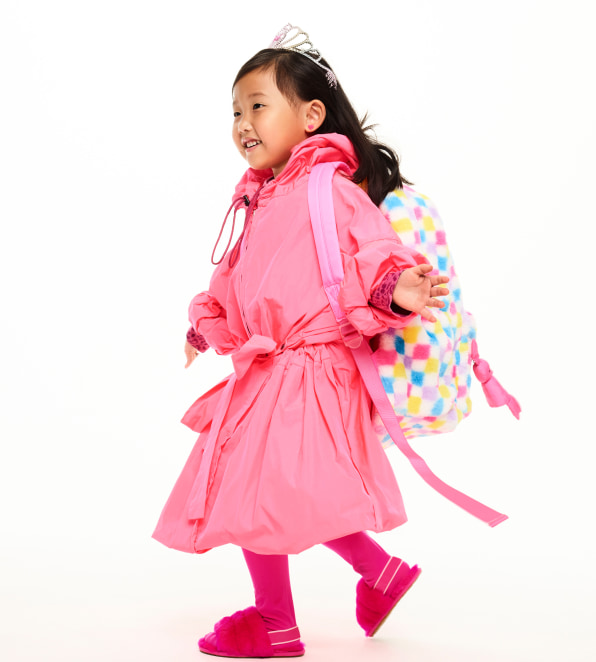
UNDERSTANDING EACH GENERATION
There are many aspects of childhood that have stayed the same over the years. Tweens still love exploring the trappings of adulthood, like makeup and jewelry, with one foot firmly planted in a world where unicorns and glitter reign supreme. Claire’s creates products that perfectly encapsulate this tension.
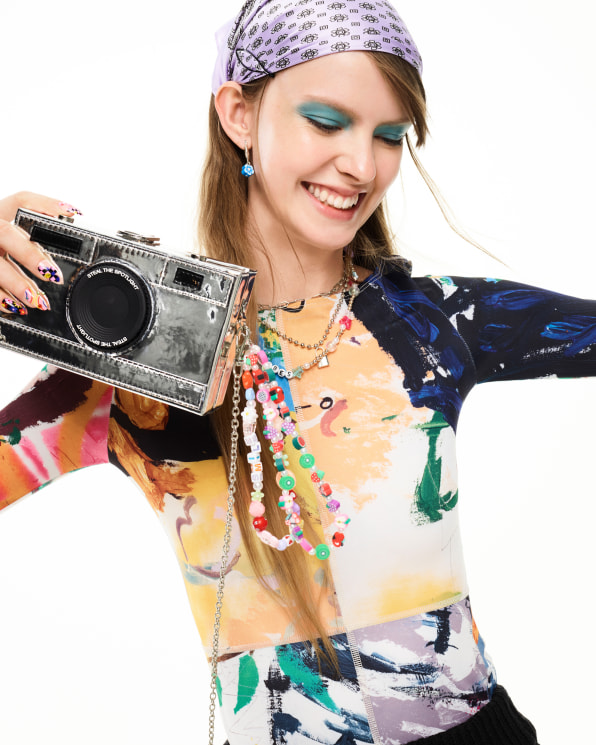
But Patrick says there are some aspects that do evolve over time, and Claire’s has built systems to identify what’s important to each new generation. The company is doing a lot of research about Gen Z (those born in the late 1990s into the early 2010s) and Gen Alpha (the succeeding cohort, born in the mid-2010s and 2020s). There are more than 11 million members in Claire’s loyalty program, and the company gets regular feedback from them on social media and in focus groups.
“You have to be really embedded in the culture with these guys,” Patrick says. “You need to get to the point where they’ll tell you when they don’t like something.”
Focus groups tend to surface superficial trends, like the growing obsession with scrunchies, but they also help the company understand deeper issues. Tweens have always been eager to figure out who they are by trying on new identities. But thanks to social media, this exploration is playing out much more publicly, which means that self-expression and self-presentation is more important to them than it was for me.
Patrick believes Claire’s is poised to respond to this. “If you feel like being punk one day, we’ve got green and purple hair,” she says. “We’re here to help you be whatever ‘you’ you want to be on any given day.”




































